All-New Plantar Fasciitis Pain Relief Solution
Tired of Heel Pain? Find Lasting Relief from
Plantar Fasciitis Without Painful Cortisone Shots, Addictive Pain Pills and Risky Surgery!
Our Plantar Fasciitis Recovery Program delivers pain relief – free from addictive pain pills, damaging cortisone shots and risky surgery.

Watch here to learn about our clinic and our specialised treatments!
By submitting this form, we may from time to time send you marketing information from Your Podiatrist Brisbane.
The Power Of Plantar Fasciitis Recovery
Joint Pain and Arthritis Recovery
At the Your Podiatrist Brisbane Plantar Fasciitis Recovery Clinic (Joint Pain and Arthritis Recovery Centre) our all new non-surgical no addictive pain killing drug treatments uses the body’s most advanced healing technologies to get plantar fasciitis relief, Achilles tendonitis and joint pain and arthritis relief for knees, ankles, feet.
We harness your body’s healing own ability to get pain relief and healing. Using treatments such as advanced cold red light lasers, integrative medicine, cellular therapy such as platelet rich plasma that targets specific regions to stimulate further healing responses in your body. We also target the sites painful nerves that come along for the ride with plantar fasciitis, joint pain and arthritis.
Your plantar fasciitis, Achilles tendonitis, joint pain and arthritis recovery is supported with an integrative, orthoregenerative medical, cellular therapy and rehabilitation approach.
There are great solutions for plantar fasciitis as well as knee, ankle, foot joint pain and degenerative arthritis.
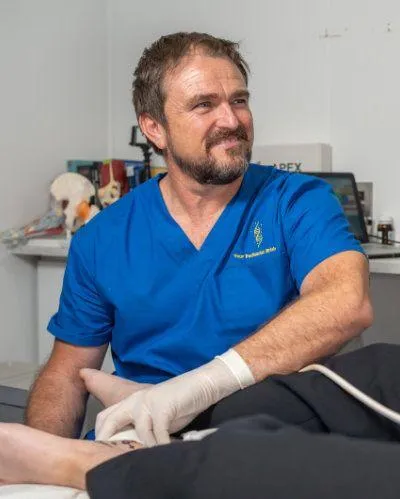
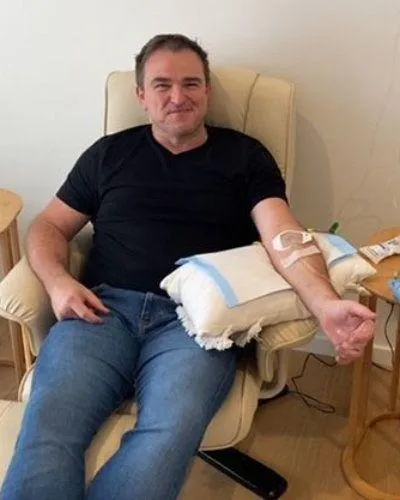
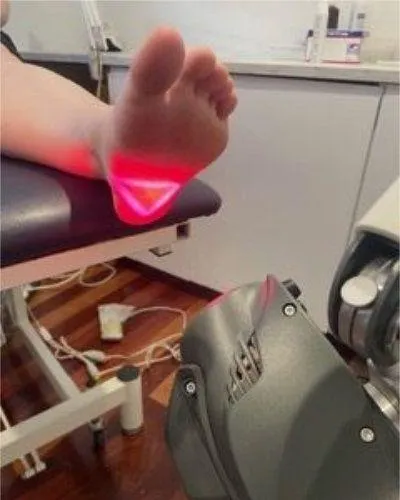
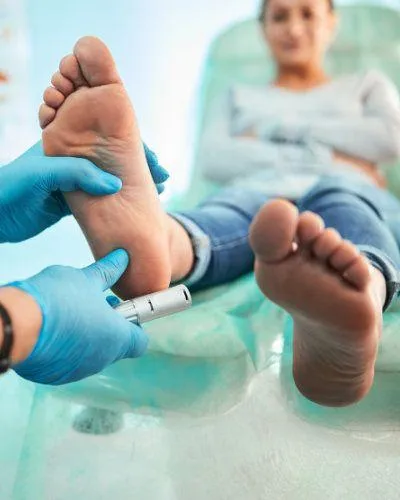
Eliminate Chronic Pain:
Plantar Fasciitis Recovery
Achilles Tendonitis Recovery
Joint Pain/Arthritis Relief Recovery
Knee Pain/Arthritis
Ankle Pain/Arthritis
Foot Pain/Arthritis

5-Stars on Google
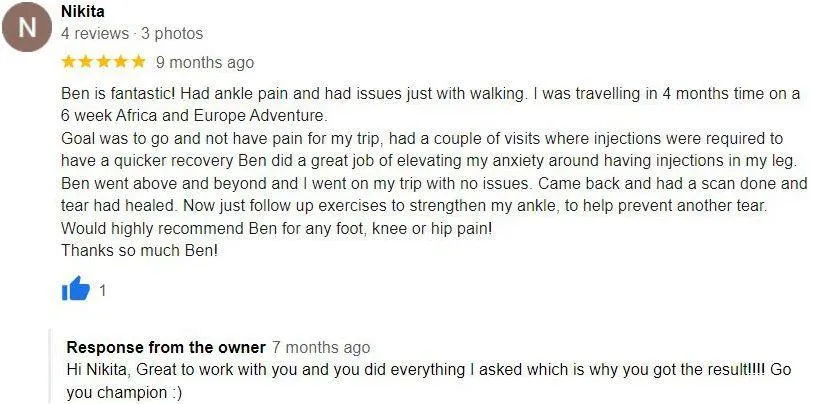

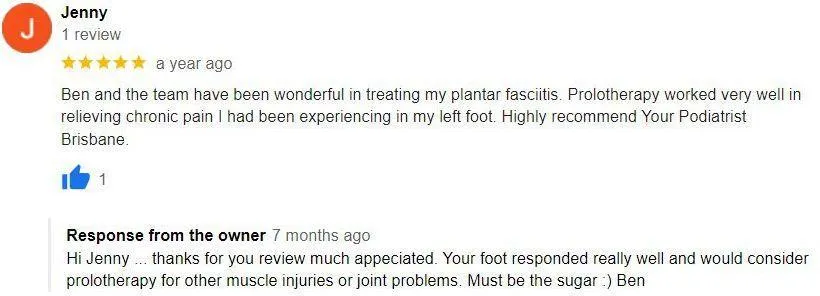
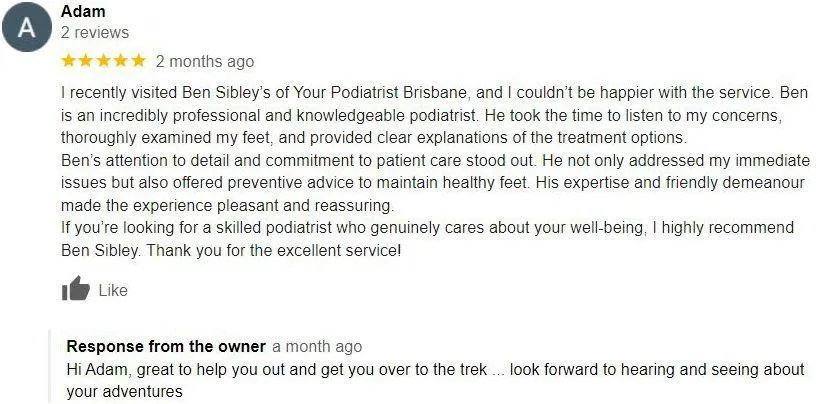


Your Podiatrist Brisbane
Phone: (07) 5495 6437
Email: [email protected]
Address:
7 Blue Gum Terrace
Caboolture South QLD 4510
What to Expect…
Prior to your first initial consultation, you will be required to complete an introductory 15 minute phone call. This will give you more details and information and to ensure that you have no contra-indications and make sure we can help you. If we feel we’d be a great fit for each other, we will schedule your in office detailed and comprehensive appointment with one of our doctors.
Copyright 2026 © yourpodiatristbrisbane.com | Terms and Conditions | Legal | Cookies | Privacy
